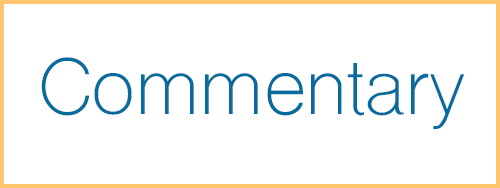Washington Watch is written by the government relations staff of the American Association of Community Colleges.

Integral to proposed free-tuition community college programs — the most recent being the America’s College Promise (ACP) Act of 2021 — are federal-state partnerships, which require sustained state funding for higher education. The American Association of Community Colleges (AACC) supports ACP. Among its longstanding priorities for the reauthorization of the Higher Education Act is AACC’s support for federal efforts to incentivize states to maintain and enhance state investment in higher education to eliminate community college tuition.
Current state spending landscape
Where does state funding of higher education stand today? According to the most recent report of state and local funding prepared by the State Higher Education Executive Officers Association (SHEEO), despite eight years of increases in state support, most states have not recovered from Great Recession-related revenue cuts. In its press release, SHEEO states that the 2.9% increase in per-student appropriations in fiscal year 2020 is likely to end the 8-year run because of the pandemic.
Impact of state spending
If there was ever any doubt that there is a direct relationship between state investment in public higher education and student success, this new Urban Institute report will disabuse that doubt. Second, if it is unclear whether institutions are equally affected, this report will provide empirical evidence that one sector is most affected. (Spoiler Alert: community colleges.) Finally, if there is uncertainty about which racial/ethnic groups are most affected, again this report removes that uncertainty. African American and Latinx students are the most severely impacted by changes in state funding of higher education.
In addition to state appropriations generally, the report examines the impact of spending on financial aid programs specifically. The report explores how changes in each funding stream impacts enrollment and educational attainment, and in turn, how these are manifest by race and ethnicity.
Appropriations
The work on the impact of changes in state appropriations on higher education builds on earlier research that found multiple negative effects of cuts in appropriations on enrollments and educational attainment as well as leading to tuition increases and decreases in instructional spending and student support. This report focused on the impact on enrollment and completion for specific racial and ethnic groups.
The analysis entailed grouping institutions into three categories depending on their dependence on state appropriations as a revenue source. The three groups were low-dependence, medium-dependence, and high-dependence institutions, defined as those receiving between 0-35%, 36-44%, and 45-82% of their revenues from the state, respectively.
Both enrollment and completion of African American, and to a lesser extent of Latino and white, students at two-year colleges are most sensitive to state appropriations at high-dependence institutions, with enrollment of Black students being about three times as sensitive to state appropriations funding in highly dependent institutions.
State financial aid
State student financial aid programs, which include scholarships, grants and loans, vary in focus, funding sources and amounts, and terms. State aid may be need-based or non-need based, also referred to as merit aid. Whether state aid programs are funding through the budget process or state lottery revenues, they are subject to volatility.
This report tracks how changes in state student aid program funding between 2003 and 2017 affect enrollment and completion at public two- and four-year institutions, particularly by race and ethnicity. According to the report, sudden and substantial increases in student financial aid had a demonstrable positive impact, and the opposite for decreases in such funds, with the greatest impact on community college Black student enrollment and completions.
Increases in state aid spending resulted in an 8% rise in the enrollment of Black students at community colleges, translated to about 62 more students per college, whereas there was no effect on their enrollment at four-year institutions. Decreases in student aid led to considerable losses in enrollment of African American students at community colleges. The findings were mixed and less dramatic for other racial and ethnic groups of students across two- and four-year institutions.
An average 15% increase in community college degree awards for African American students resulted from increased aid spending. There were similar, albeit slightly smaller positive results for other groups, 8% increase in awards for Latino and Asian students, and about 13% for white students.
The U.S. Department of Education’s Integrated Postsecondary Education Statistics (IPEDS) is the source of information for enrollment and completion. State expenditures on student aid programs used for the analysis comes from the National Association of State Student Grant and Aid Programs annual surveys.
Policy implications
Achieving equitable access and success in postsecondary education requires both federal and state support. This report simply affirms this empirically. AACC’s advocacy efforts, which are directed to ensure that students – historically underserved, low-income, international and undocumented, those with disabilities and veterans – have access to financial aid, support services, and programs that offer social mobility and family-sustaining earnings, rely on states serving as partners by investing in their public higher education institutions.





